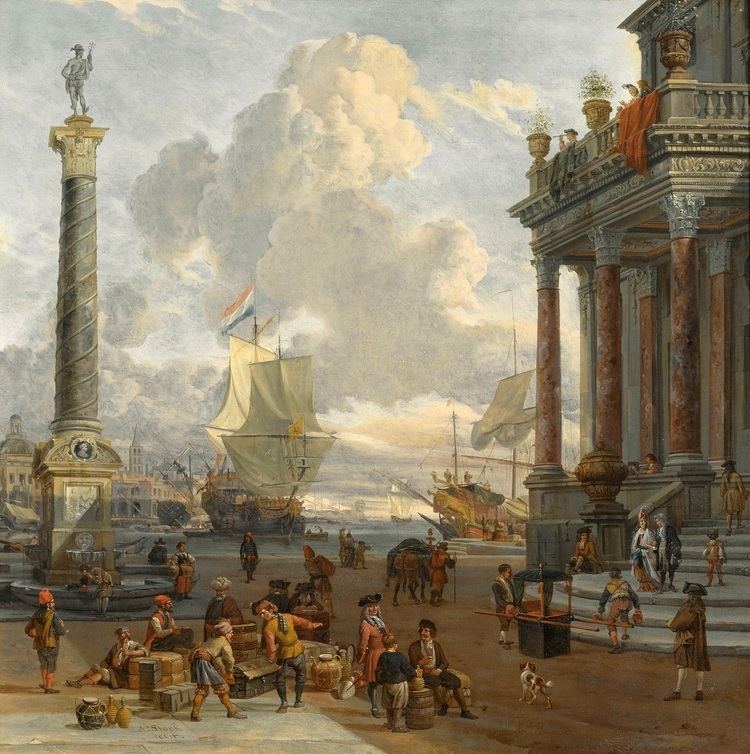 | ||
Since the end of apartheid foreign trade in South Africa has increased, following the lifting of several sanctions and boycotts which were imposed as a means of ending apartheid.
Contents
South Africa is the second largest producer of gold and is the world's largest producer of chrome, manganese, platinum, vanadium and vermiculite, the second largest producer of ilmenite, palladium, rutile and zirconium. It is also the world's third largest coal exporter. Although, mining only accounts for 3% of the GDP, down from around 14% in the 1980s. South Africa also has a large agricultural sector and is a net exporter of farming products.
Principal international trading partners of South Africa—besides other African countries—include Germany, the United States, China, Japan, the United Kingdom and Spain. Chief exports include corn, diamonds, fruits, gold, metals and minerals, sugar, and wool. Machinery and transportation equipment make up more than one-third of the value of the country’s imports. Other imports include chemicals, manufactured goods, and petroleum.
History
During apartheid, South Africa's foreign trade and investment were affected by sanctions and boycotts by other countries ideologically opposed to apartheid. In 1970, the United Nations Security Council, adopted resolution 282 imposing a voluntary arms embargo upon South Africa, and which was extended by subsequent resolutions 418 and 591, declaring the embargo mandatory. In 1978, South Africa was prohibited loans from the Export-Import Bank of the United States which was later followed by a prohibition on IMF loans in 1983. An oil embargo was imposed by OPEC in 1983 which was strengthened by Iran in 1979.
Imports and exports
South Africa's main export trading partners are the European Union, the United States, Japan. China's share in exports is increasing, and has risen from 1.7% in 1994 to nearly 11% in 2007.
Attention: SARS presents completely different figures! http://www.sars.gov.za/home.asp?pid=211
African trade
Almost 90% of South Africa's exports to rest of Africa go to the SADC economies. In 2011, South Africa’s trade with the rest of Africa exceeded R220 billion (approx. USD30bn) which amounted to 17% of SA’s total trade with the world. This amounted to a ZAR40bn trade surplus for South Africa compared to a ZAR68bn deficit with Asia. South African exports to the rest of Africa are predominantly of value-added goods. The country's investment stock in Africa has increased from R14.7 billion in 2001 to R121 billion in 2010, amounting to 21% of its total outward Foreign Direct Investment.
Trade agreements
The following includes a list of existing trade agreements signed by South Africa.
Currently UAE is also one of the most important trade partners with African buyers/importers.
